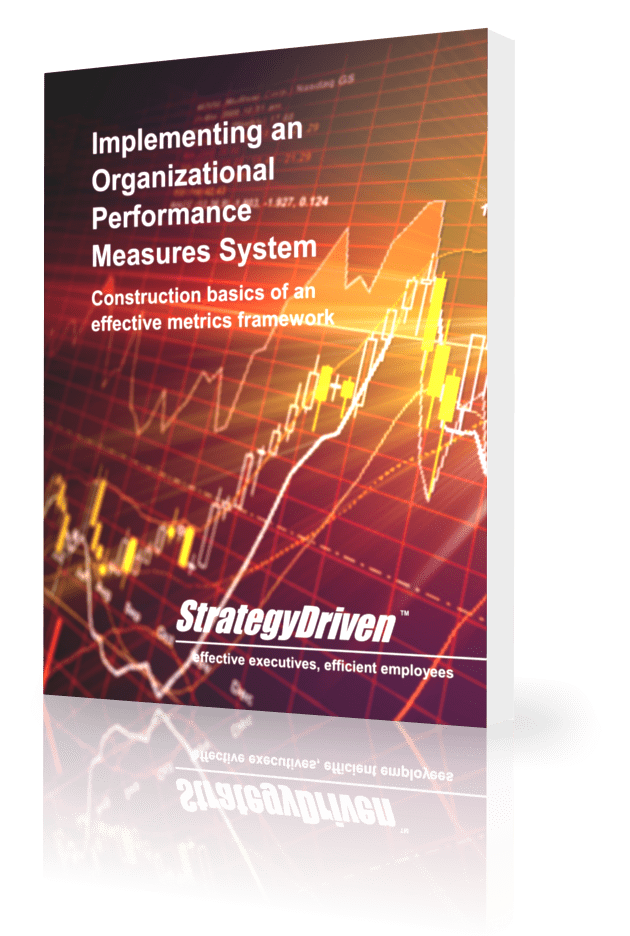Marketing Essentials: Finding Your Target Audience Is a 9-Step Process and It Goes Like This

Effectively identifying and reaching the correct target audiences for your business can turn the tables on sales. Find your target audience (or audiences) over at Benchmark, and you will find your pot of sales gold.
This article will provide you with nine steps to help you find that gold.
1. Know your selling points. Whether you are selling a product or a service, you should know all of your selling points, including every reason your customer should know about what you are offering to fulfill their needs.
2. Know everything you can about your current audience. Understanding your current customers will go a long way toward identifying and selling future customers. They are your best source of identifying and appealing to prospective customers.
3. Dig deeper. There is no such thing as knowing too much about your audience. Every new data point that you learn about your audience will provide one more way to reach out to them.
4. Challenge your assumptions. When it comes to your customers, never assume you know anything. The best example is the fitness buff who starts a gym thinking his or her best customers will think about health the same way. Unfortunately, people get fit for many different reasons and need to be appealed to in different ways.
5. Know your competition. Everyone likes to believe that they have a product or service that is different from everyone else. This is usually not true. Check out competitors that sell something like yours.
6. Develop an audience profile. Any business owner should develop a detailed profile of who their target audience is. They should know, among other things, demographic data such as income, gender, age, marital status, job status, ethnicity, and educational level. As much as possible, they should also be able to identify psychographic data such as hobbies, behaviors, lifestyle choices, and more.
7. Go find your audience. To many marketers, this step is a matter of “easier said than done,” but it’s much easier when you know your resources. For example, with a list of demographic data about your target audiences, you can visit your county’s geographic information systems office, input the data, and get a complete printout of everyone who fits your criteria. Easy enough.
8. Run a test campaign. Building a relationship with target audiences is just like building a relationship with someone. To develop a relationship, you need to reach out. For target audiences, run a sales campaign to see how it works. If it works, great. If it doesn’t, tweak it until it does.
9. Grow your future. Thanks to ever-growing technology, advances in marketing couldn’t come at us faster. Utilize them. Campaigns might be shorter because of these changes, but don’t send out erratic and scattered messages. And, never assume what worked in the past will work again. Continually educate yourself about your changing target audiences.
Your target audiences will keep up with you, but will you keep up with them?











Leave a Reply
Want to join the discussion?Feel free to contribute!